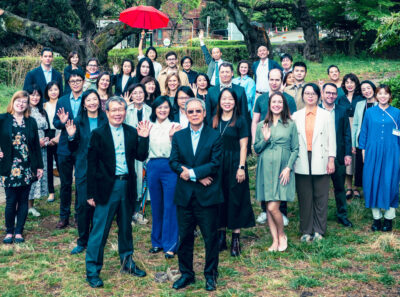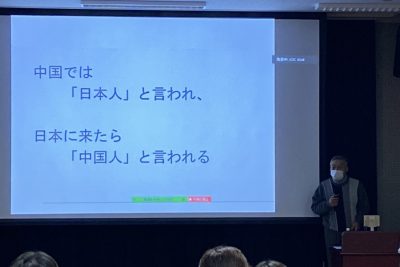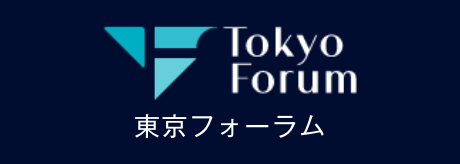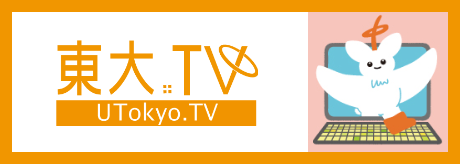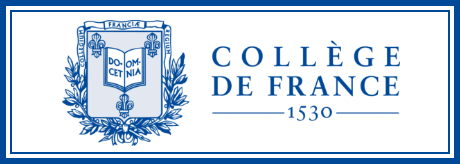Future Tasks for Japanese Studies. A Personal Reflection – Part III

This three-part blog series is a slightly revised version of an essay I wrote for the 30th anniversary essay contest of the Toshiba Foundation. You can read Part I, "The Global Entanglements of Japanese Culture"here and Part II, "Japan as Method" here. The original is published on the TIFO website.
PART III: The Classroom as a Site of Renewal
In the previous parts I stressed a desire for more conversation: between area studies and the disciplines, between Japanese and non-Japanese scholars of Japan, between academics and the wider public. Crucially, we also need to listen to our students. In recent years, the education sciences have been advocating a model of students as change agents, and some universities have begun implementing schemes to involve students in curriculum design. These developments notwithstanding, I have heard colleagues express some disappointment about the fact that many students enrol in Japanese studies programs because they like manga, anime or J-Pop. They are then baffled to find out they have to study the literary canon, learn about ancient history, or engage with economic policies. While the concern of these colleagues with teaching the traditional or ‘hard’ subjects of Japanese studies is of course justified, I also wonder why it should be a bad thing to start a BA out of enthusiasm.
Certainly, there is no need to look down on popular culture. Manga contains multitudes. When I visited the manga exhibition that opened last May at the British Museum, I appreciated how the curators stressed that manga is not just a pastime for kids or light entertainment but is used in educational settings as well. In my own field, I have made good use of the manga version of the NHK documentary series “Sono toki rekishi ga ugoita” or the “visual encyclopedias” that Japanese high school students use in order to get a better grasp of the complexities of Warring States or late Tokugawa events and politics. Currently, our director Professor Haneda is also editing a manga world history that will be published early next year. In 2019, I was also invited to Ca Foscari University in Venice by the local Japanese studies students’ association to give a lecture about video games and history. Despite my more esoteric excurses about historical representation and what constitutes “Japaneseness” in videogames, the students who came to the event were listening intently throughout and used up the full time allotted to the Q&A session. Many students came up to me afterwards to share how happy they were to find out that a topic that means a lot to them is worthy of academic inquiry.
But Japanese popular forms can be harnessed for much more than accommodating students’ interests and making subjects more accessible. If reading a historical manga can aid learning about history, should the same not also go for creating one? If some students enjoy drawing manga at home, can we not also update our methodologies and assessment strategies? I do not see a good reason why a manga could not constitute a proper term paper. It should be entirely possible to devise class outcomes and criteria to assess a student-created manga on, say, the Japanese health system or the Dutch processions to the shogun in Edo by academic standards of rigor and critical thinking. Creating a video game might take too much time and effort as a replacement for a term paper, but what about a critical analysis of the game mechanics of historical development in management simulations like Nobunaga’s Ambition? Or the creation of a game mod? The makers of the popular Assassin’s Creed series have added a Discovery Tour mode to its recent instalment “Assassin’s Creed: Origins” in which players can take virtual tours of ancient Egypt including audio commentaries which successfully gamify historical learning.
Possibilities for renewal of approaches and methodologies in the classroom are endless if we widen the scope of what can be accepted as a product of student research. I was quite fascinated recently with an article written by Matthew Penney for the journal Mechadamia titled “A Nation Restored: The Utopian Future of Japan’s Far Right”. Penney extracted statements from far-right publications to reconstruct what a full right-wing vision for Japan’s future would actually look like. In a sense, his article is a work of fiction or speculative writing, but it is also a work of rigorous scholarship that brings into focus more clearly the causalities and assumptions behind political claims. This, too, is a methodology that can be employed both play- and fruitfully in a classroom setting.
Then, of course, there is the other end of the conventional cultural hierarchy. When I last visited the Holy Hall of Yushima, the Confucian shrine in Tokyo, I was pleasantly surprised to find out that the Hall had revived the Edo-period tradition of the academies of Chinese Studies. It now offers classes and examinations on the Confucian classics that follow the original curriculum and teaching style of these schools: the lower level examinations are modeled after the practice of sodoku, reading out texts in order to memorize characters and the acoustic gestalt of canonical texts before engaging with their meaning and interpretation, while the higher levels expect a deep knowledge of kundoku style translation, as examinees are asked to read a Chinese text without annotations (hakubun) as Japanese.
I felt reminded of Nakano Mitsutoshi’s “Reconsideration of Edo Culture” and his call for a contemporary “Edo literacy”. The loss of reading skills in classical Japanese and Chinese, he argued, means that Japanese society is cutting off the ties to its own past and cultural memory. The ability to access the vast corpus of knowledge of Japanese writing in manuscripts and printed books produced before 1900 first-hand holds value not just for Japanese society, but also for foreign students of Japanese culture. Could we not reintroduce reading pedagogies like those of the traditional academies, which only seem outdated at first glance, but are in fact highly demanding and engaging, into contemporary Japanese studies curricula? I for one would enjoy practicing kundoku and writing Sinitic poetry in class.
Illustration source: RRice


